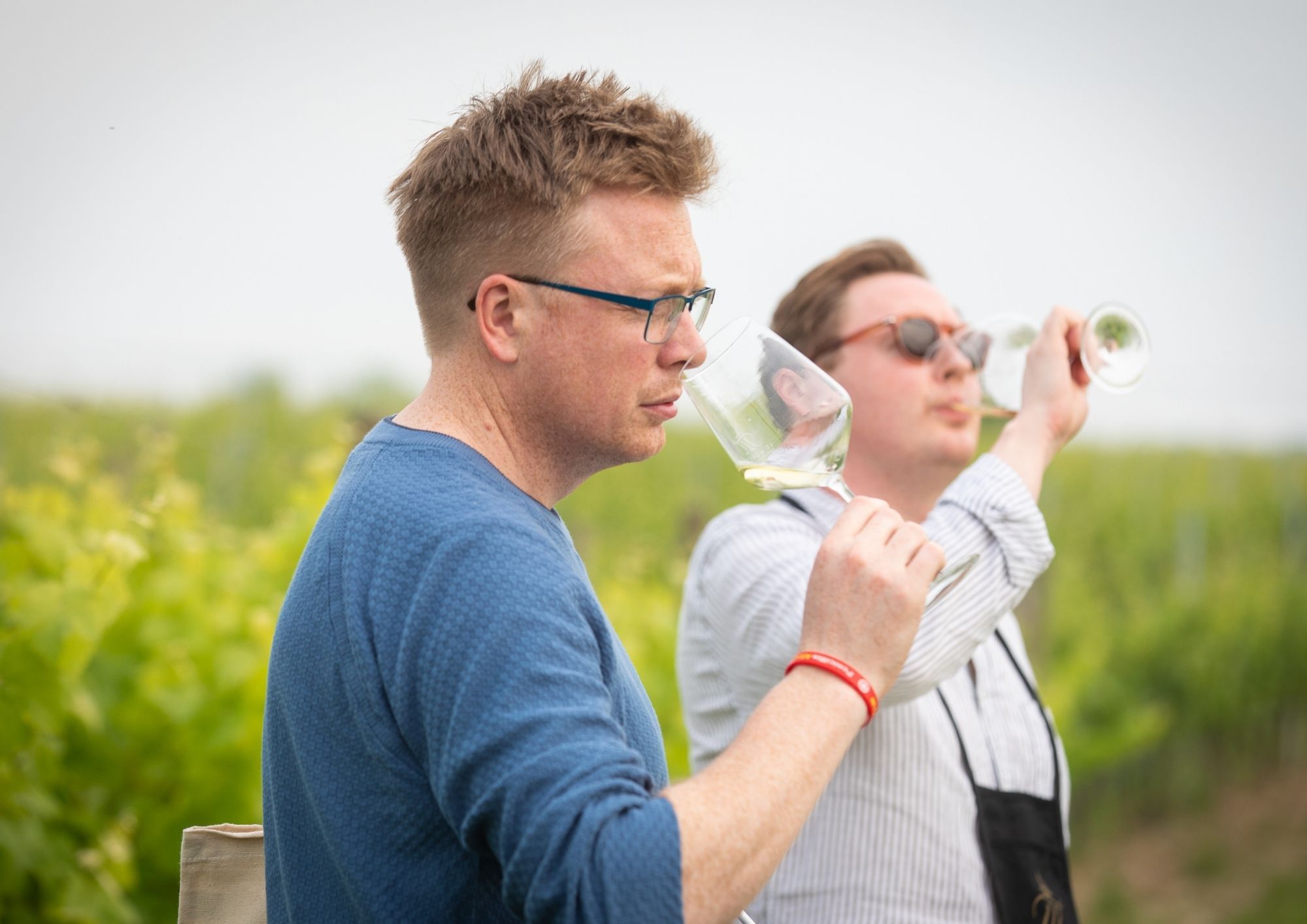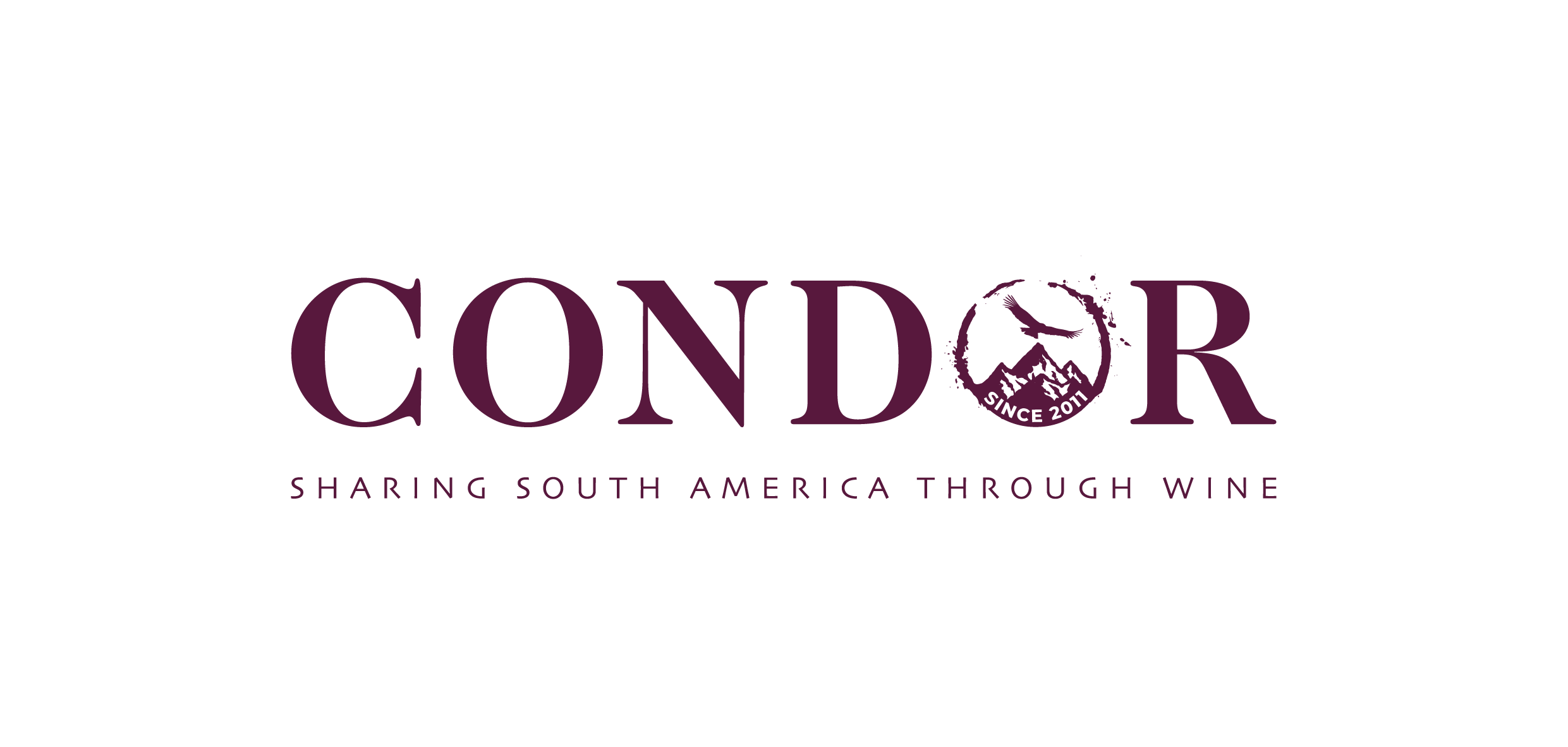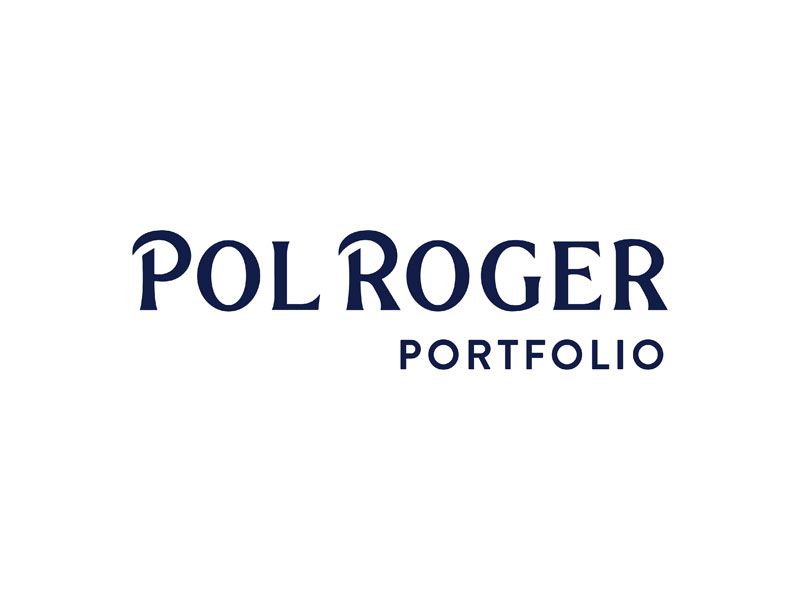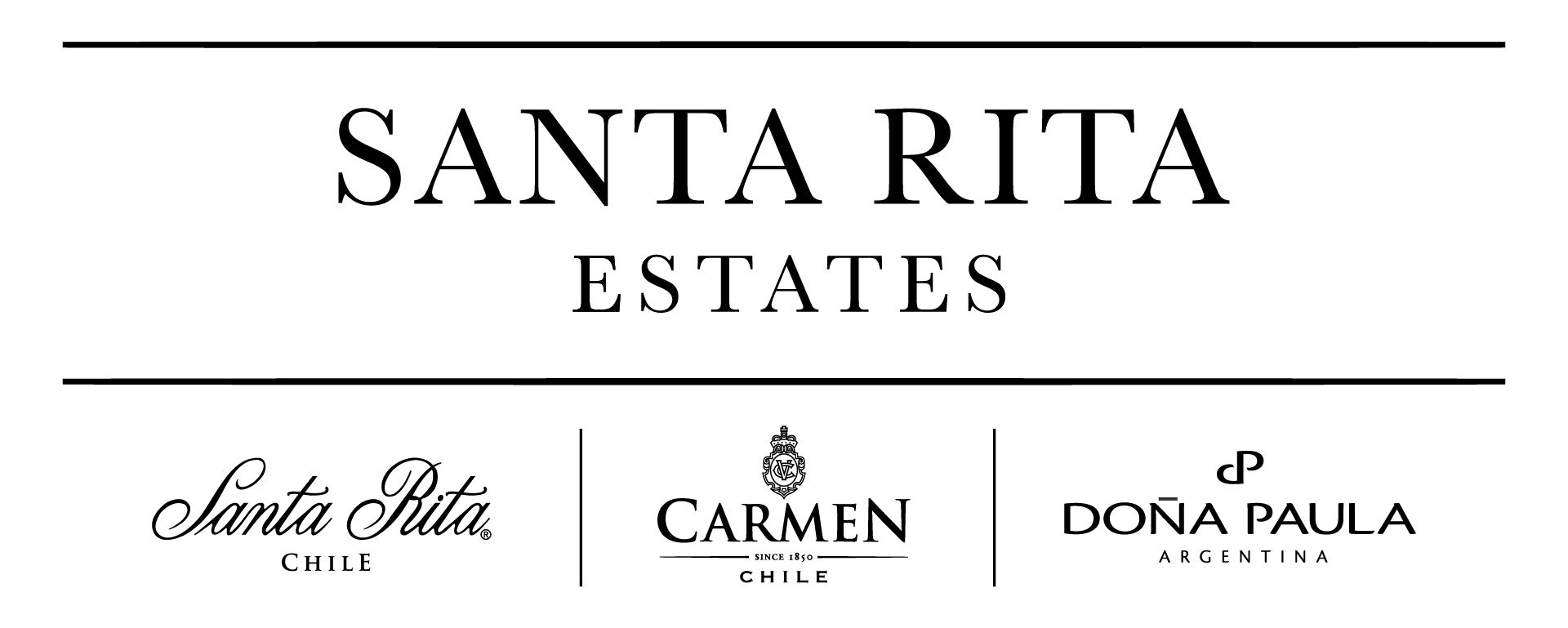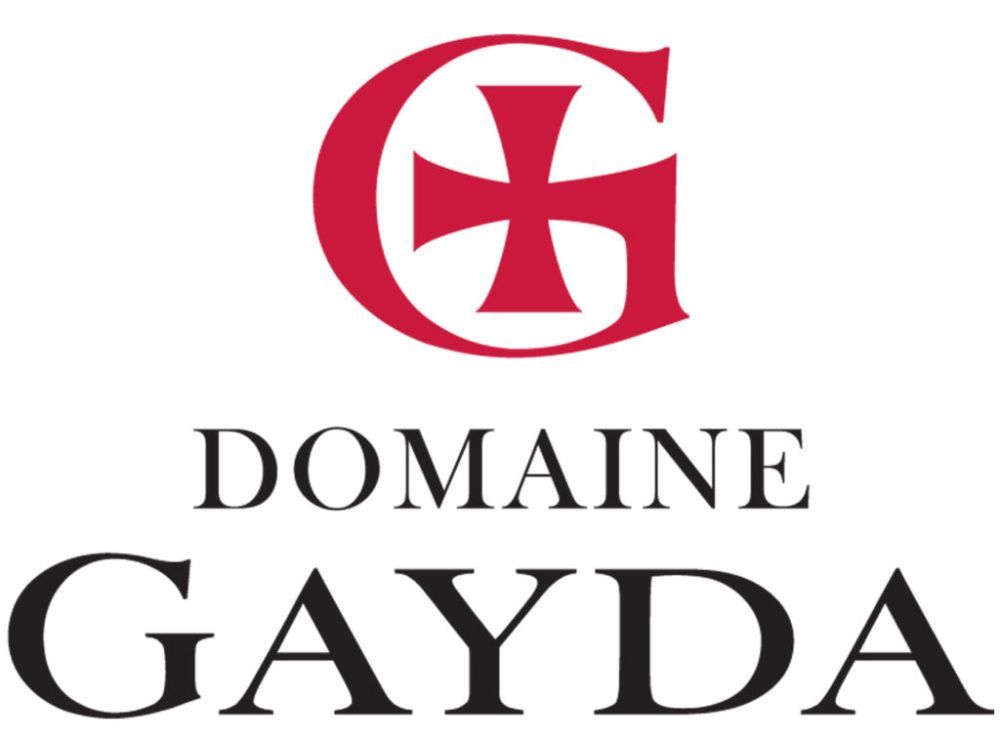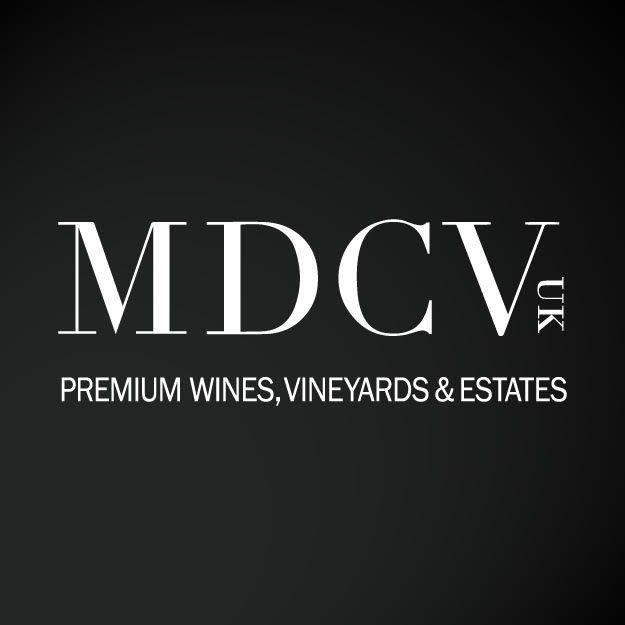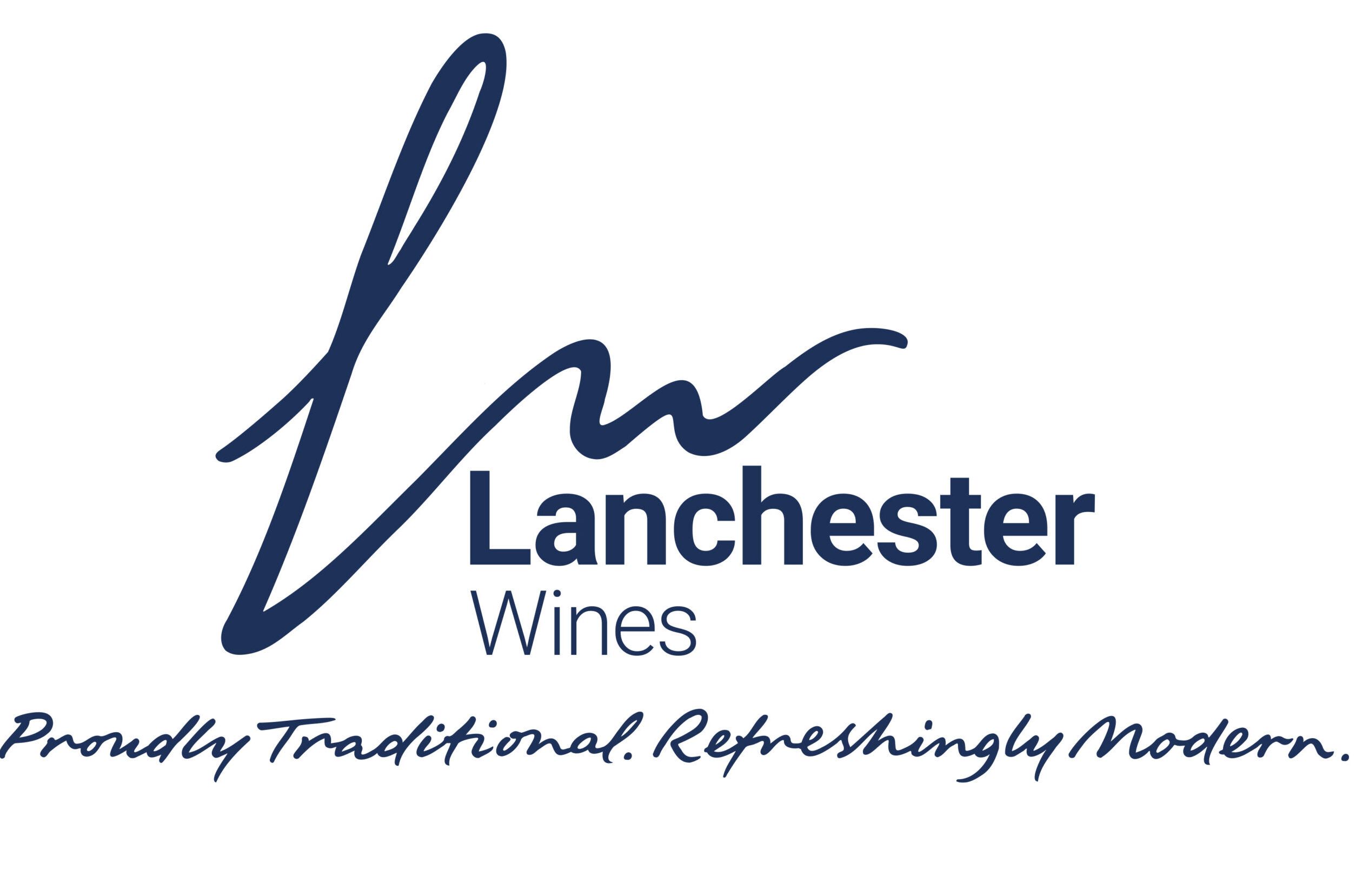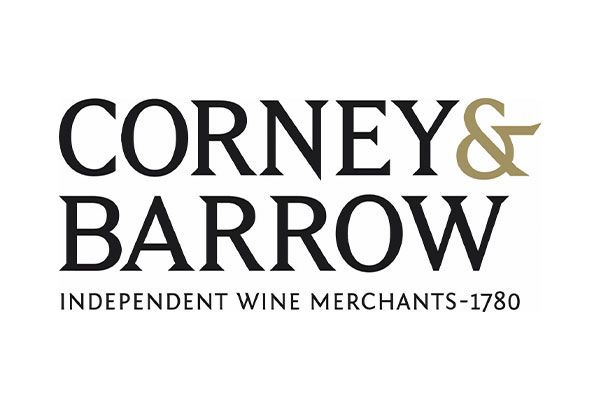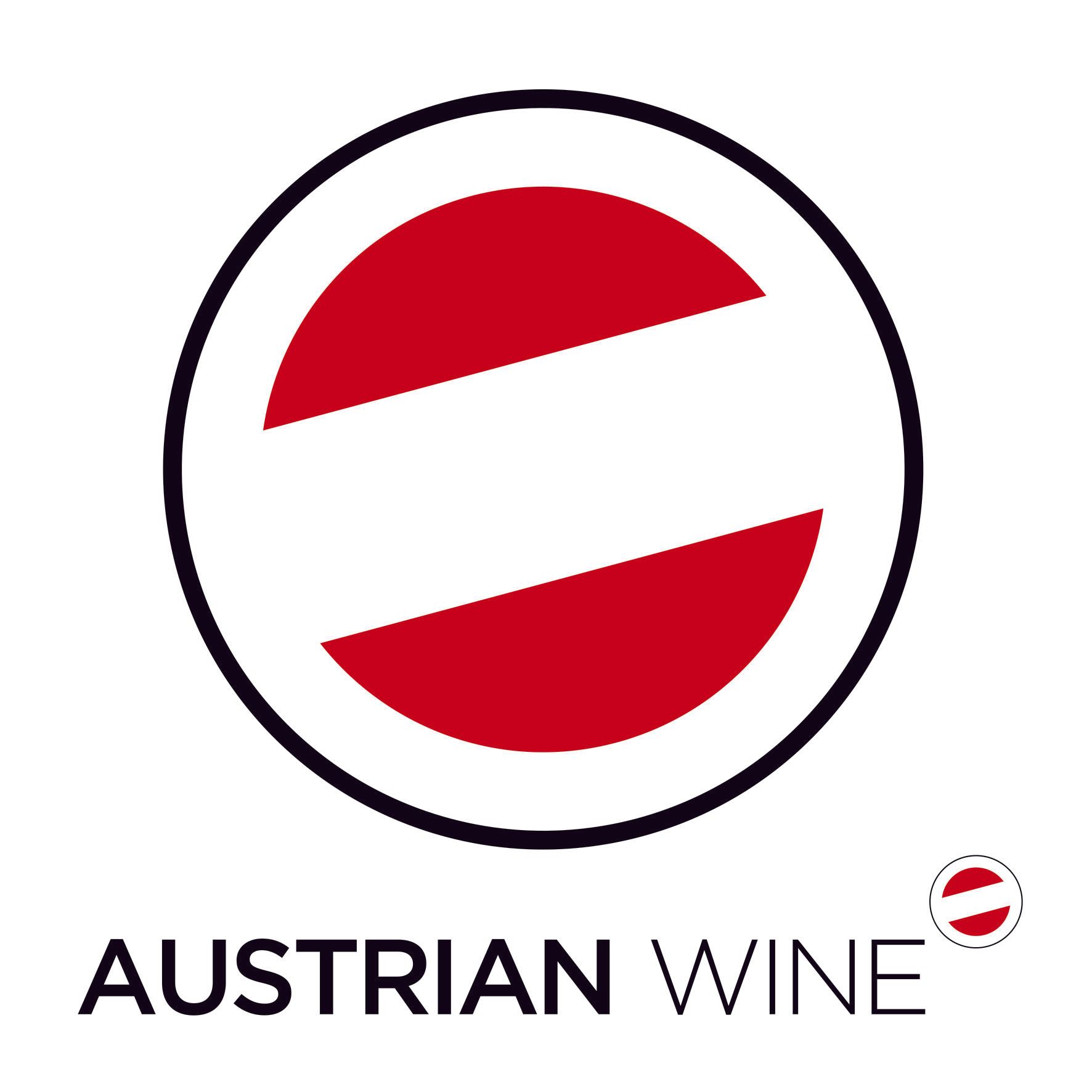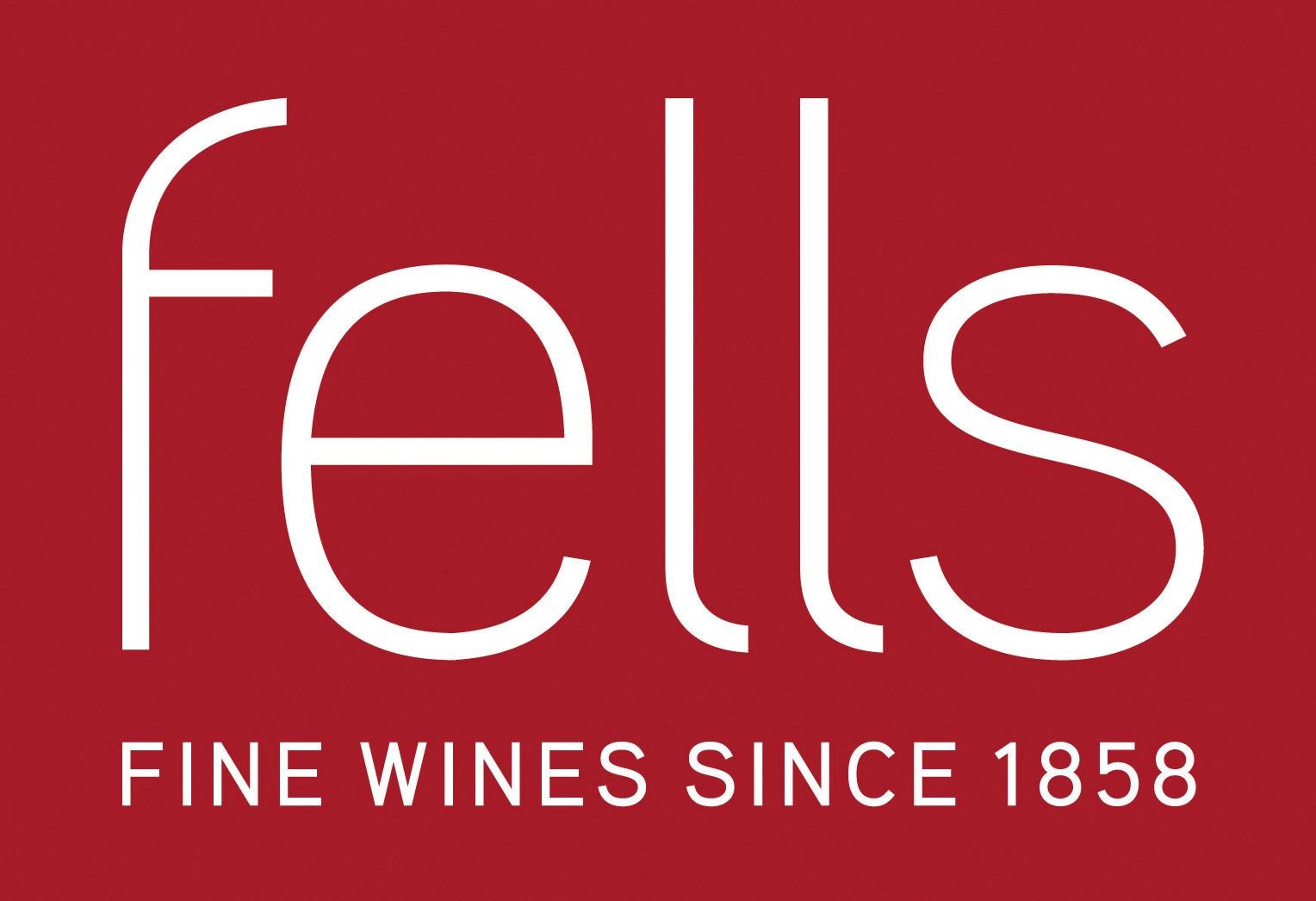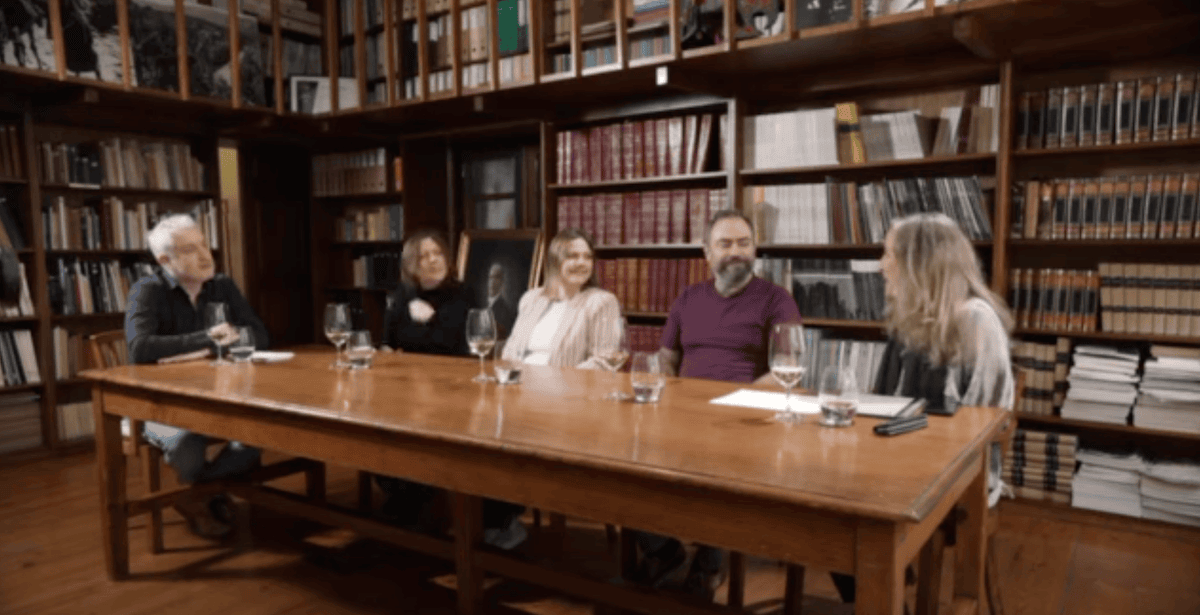It's OK. You can admit it. You haven’t really seen many wines from Lugana DOC. When I sit down to write these articles, I start by trying to guess what most people will know. Apart from a passing mention in the Northeast Italy section of the WSET Diploma, I’m guessing the majority of you (at least those of you that don’t work in Italian specialist set-ups) won’t know much about Lugana DOC. I certainly didn’t, and I travel to Italy a fair bit!
In my head it was kind of, sort of, one of those handful of DOCs scattered around Lake Garda and to the west of Verona. After just a couple of short days in the region, however, I’m a convert, happy to extol the virtues of the high-quality wines and winemakers on show just a stone’s throw from one of Italy’s greatest tourist destinations.
Flat lands, lake breezes and mineral-rich soils
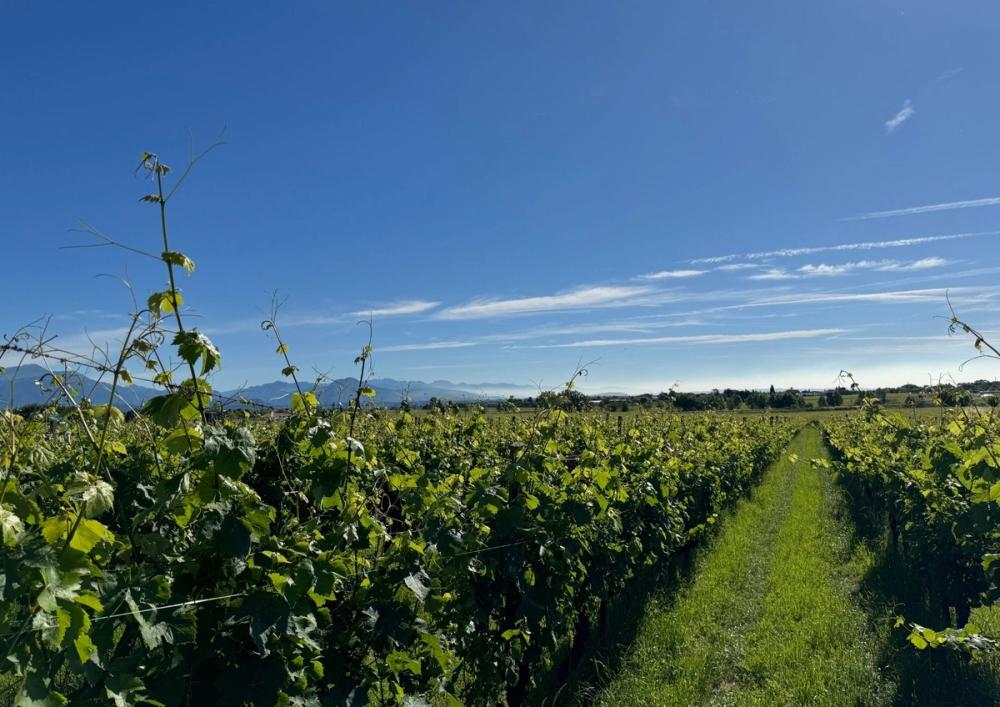
The region itself is remarkably flat. It’s on a plane to the direct south of Lake Garda, with vineyards in both Lombardy to the west and Veneto to the east. This large freshwater lake (the largest in Italy) provides the moderating influences in the hot summers and cold winters, as well as freshening northerly (Peler) and southerly (Ora) breezes that flow through the vines.
They also help with the concerted effort towards sustainable certification for many of the wineries in the region. Giovanna Prandini, founder of Perla del Garda, not only stated its wines were all Equalitas and SQNPI certified, but the circular economy was at the heart of their production.
“We have 600 cows on site for producing Grana Padana cheese,” revealed Prandini. “We mix the grape pomace and cow dung and use a biogas plant to power our operations, as well as feeding some gas back to the grid.”
Nicola Avanzi, of Avanzi Winery, made a point about the particular microclimate on the shores of Lake Garda.
“This is the most northerly part of Italy that grapes grow, as well as lemons, olives, capers,” commented Avanzi. “Ourselves, we have 4,000 olive trees that produce 250kg of olives each year for our oil production.”
Like many regions of this part of Northern Italy, the ground under your feet has glacial origins, with heavy, white, clay-rich soils. This helps retain moisture and nutrients, whilst the vines are encouraged to develop deep roots for naturally low and slow yields and distinct flavours. Alessandro Cutolo, head winemaker at Marangona Winery since 2007, noted “the calcareous soils giving salt and minerality, and then softer part at the end of the glacier giving richer and fuller wines.” These terroir factors combine to help produce wines of fresh acidity and complex saline, nut, and fruit aromatics.
Turbiana grape
In terms of the grapes grown, Turbiana is the main show in town. For many years it was thought that it was a local version of Verdicchio, which, to the joy and vindication of the local producers, has now been debunked. Turbiana is a distinct variety all on its own, perfectly suited to the climate and local winemaking. It’s capable of a range of styles, including sparkling and sweeter styles (more on that later), but the majority of wines tend to be fresh and vibrant, with citrus, green apple, white flowers, almond, and that pronounced salinity.
Why do we not hear more about Lugana DOC?
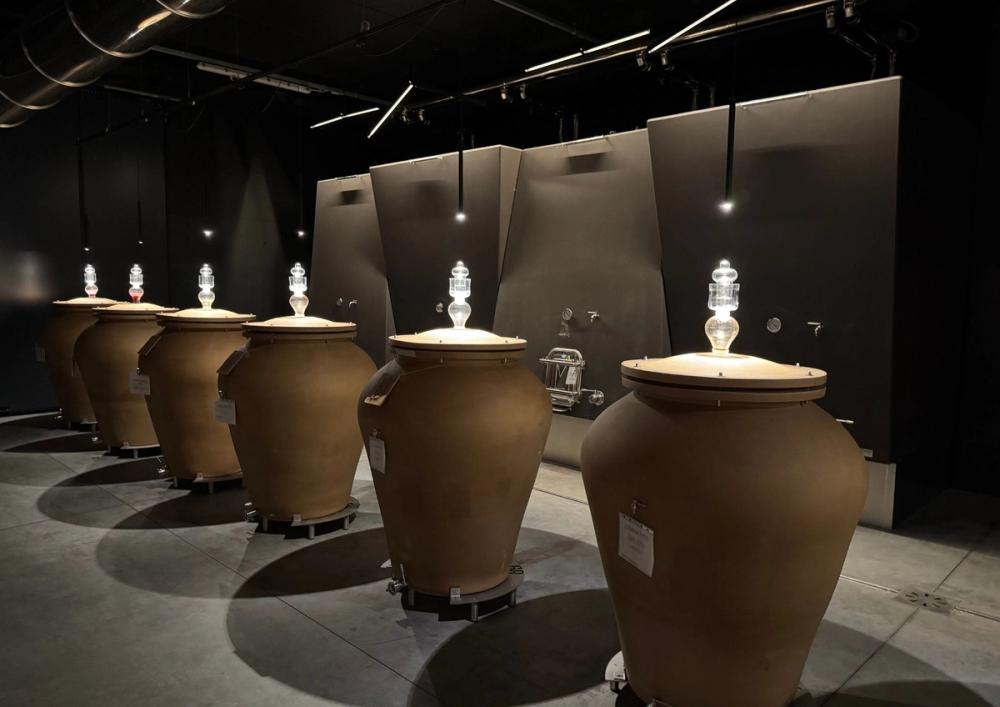
There are three main reasons I can think of. First up is the size. At just 2,600 hectares planted, it’s one of the smaller white wine producing regions in Veneto, let alone Italy. According to the Consorzio, the 90 wineries produce a nudge under 28 million bottles per year, well under half the production of Soave, one of its near neighbours.
Another factor is the thirsty, local tourist trade. Lake Garda has long been a destination for Italophiles the world over. The five municipalities of Peschiera del Garda, Desenzano del Garda, Lonato del Garda, Sirmione, Pozzolengo welcome an estimated 27 million visitors each year. If they drink an average of one bottle each…you see the point.
Finally, you look at those regions around it and think where it’s aiming for in terms of portfolio position. Northern Italy is not shy of fresh, vibrant, white wines at competitive prices. Lugana DOC is offering the next rung up in quality but, unless you’re an Italian specialist stockist or restaurant, it might be tough to take a punt on a wine that your customers will need a hand sell to get the sales up and running.
Three great reasons to have Lugana DOC on your radar:
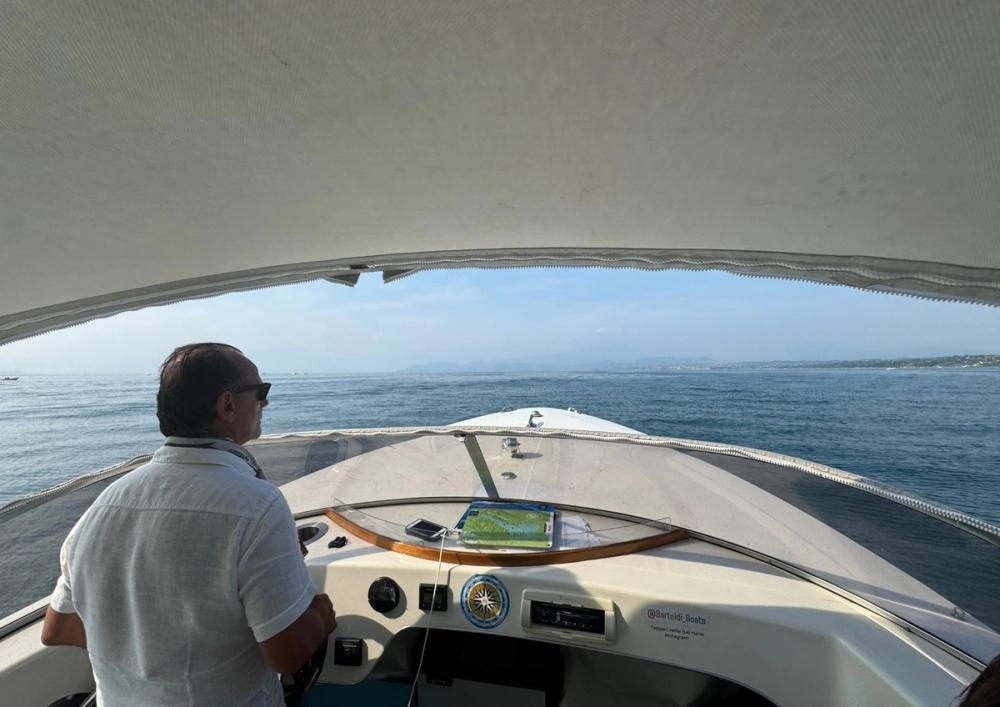
Versatility of styles
The versatility of Turbiana means that Lugana DOC covers quite a range of styles. The majority of the wines in the DOC are produced as fresh, dry, saline and citrus wines called simply Lugana DOC. Winemaker, Italian resident and leader of the Day One panel tasting, Cynthia Chapman, also enthused about the “chalky, polyphenolic grip from the thick skins, giving an almost tannin-esque quality.” The key is the acidity, with Chapman evoking the fresh styles of Vinho Verde or Assyrtiko.
From there you have two more levels of ageing to add luxurious and complex notes of riper fruits, nuts and spices, namely Lugana Superiore (one year of ageing) and Lugana Riserva (two years of ageing). The natural acidity of Turbiana also allows for both Spumante versions (both Classico and Martinotti) and the thick skins allow for Vedemmia Tardiva sweet wines. If you’re a small importer, then just a single pallet delivered from Lugana can cover a lot of bases!
Ageworthy wines
One of the key messages the producers we met were at pains to hammer home was that these are white wines that can age beautifully. Ludovico Montresor of Ottella Winery conducted his master’s thesis on the ageing potential of the wines of Lugana DOC.
“They’re wines that can age for over a decade without too much of an issue,” noted Montresor. “We’re looking to build on that structure with experiments using granite and amphorae.”
I’m personally always slightly dubious about this as there aren’t that many importers, bars or restaurants that have the cash flow or premises to buy and age wines themselves. But I can’t deny that the aged examples we tried were thoroughly lovely, with even more almond, bruised apple and the petrol-like aromas still perfectly in balance with that vibrant acidity. Sommeliers could have a lot of fun with both younger and aged wines.
A slice of the Dolce Vita
Finally, although I spoke earlier about the need for a hand sell, it’s actually a fairly easy one to convince your punters to try. It’s a niche region (which adventurous drinkers like) with a direct link to the Dolce Vita lifestyle of the Lakes of Northern Italy (which we all like!). Even the producers realise this, having marketed their wines as Garda Wines in a collaboration with Bianca di Custoza, Bardolino, Valtenesi, and Riviera Del Garda Classico at this year’s Wine Paris. Pour yourself a glass, whack Nessun Dorma on Spotify and close your eyes, and you’re as good as there yourself!
My top wines from the trip
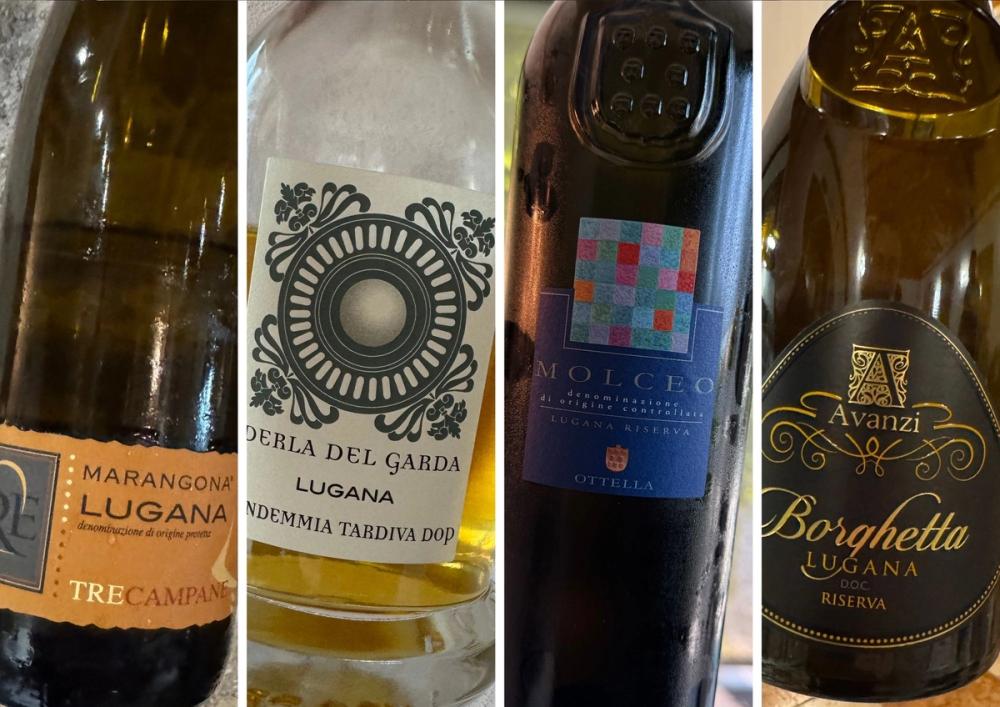
Le Morette, Mandolara 2023, Lugana DOC
Named after a local duck (as you do!), this is Lugana DOC in a glass. Fresh peach blossom, lemons, almonds, grippy tannin (yes, tannin), all balanced with that beautiful acidity.
Marangona, Tre Campane 2017, Lugana Superiore DOC
My first and most memorable taste of Lugana with a bit of age. Made from 40 year old vines, with a short time of skin contact, gave a much deeper and concentrated wine, with the beginnings of petrol notes, but still plenty of green apple, peach and apricots, and fresh acidity.
Perla Del Garda, Vendemmia Tardiva, Lugana DOC
Soft pressed from noble rot-affected grapes and cold fermented in stainless steel to protect aromas and acidity. At least one year in bottle, this still had the bitter finish, almond notes and salinity, but balanced with acidity, honeyed notes and blossom.
Ottella, Molceo 2019, Lugana Riserva DOC
Made from a blend of the best parcels from eight sites, with 24 months of ageing in a combination of steel, barrique, and cement. Butter, pastry, vanilla, olive leaf, saline, stone, tropical notes, pink grapefruit, with petrol notes beginning to come through. This wine has had 3 Bicchieri from Gambero Rosso every year since 2007. 15,000 bottles produced annually, and only €20 per bottle ex-cellar! Imported by Enotria&Coe
Avanzi, Borghetta Lugana Riserva DOC
Old vines from the Bragagna vineyard in Sirmione (close to the lake), giving ripe and candied fruit, almonds, saline, but a full body this time to match the oodles of fresh acidity. Another wine with 3 Bichieri from Gambero Rosso. The producer also makes some excellent olive oil and beer for those interested. Imported by DiVine Imports
For more information about the wines of Lake Garda or to try the wines for yourselves, please contact Elena Deganello at Studio Cru on elena.d@studiocru.com
Mike Turner is a freelance writer, presenter and educator and a regular contributor for The Buyer.
